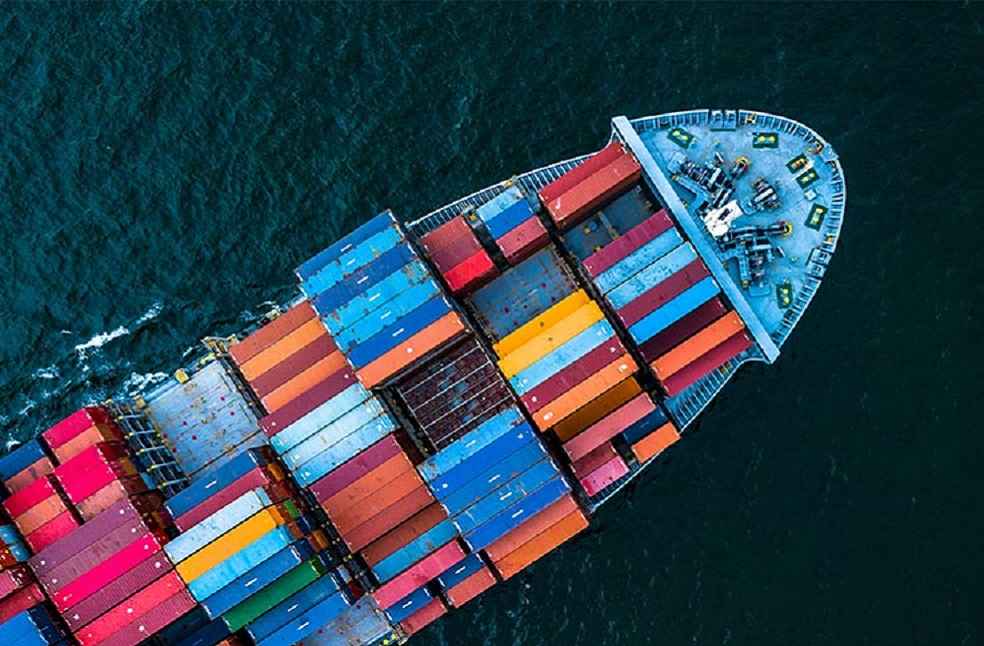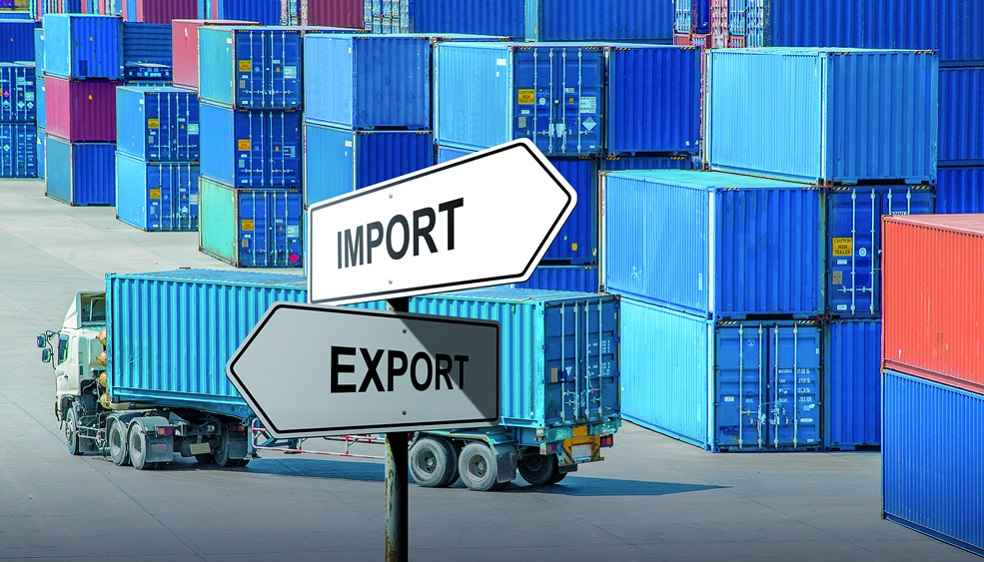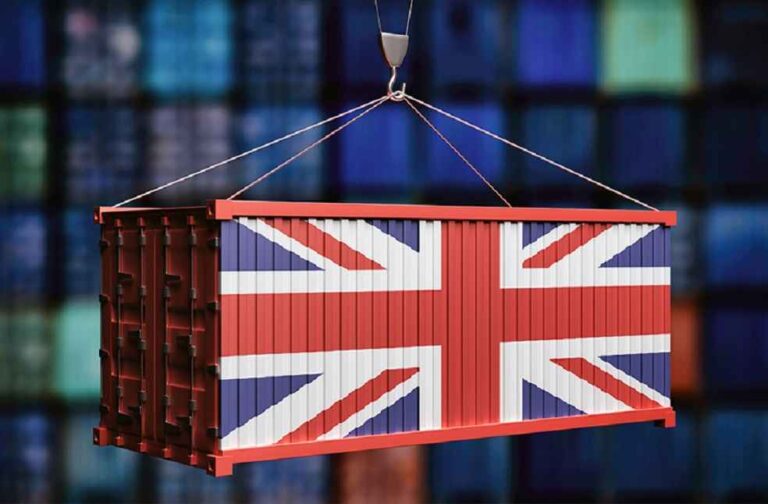The UK Government launched the Border Target Operating Model, marking a significant stride towards bolstering the country’s defenses against biosecurity threats while ensuring a seamless trade flow of goods.
This initiative aligns with the UK’s 2025 Border Strategy, setting the ambition to establish the country’s border as one of the most formidable globally. Through this model, the UK will introduce rigorous security and biosecurity controls, directly impacting imports from the European Union. It’s noteworthy that many businesses have already adapted to such measures due to existing EU export standards.
The primary purpose of these controls is multifold: they aim to shield the nation from external threats like plant and animal pathogens, ensure the resilience of vital agricultural sectors and food supply chains, and solidify the trust among global trade partners about the UK’s export quality. Equally important is the drive to curb the influx of illicit items, including firearms and narcotics.

The Border Target Operating Model stands out due to its efficient use of technological advancements and data. The model seeks to eliminate unnecessary bureaucratic steps, reducing paperwork and data requirements for imports. This streamlined approach is projected to save businesses an estimated £520m annually when compared to the initial 2022 import model.
The government’s decision to implement this model came after intensive consultations with the border industry, and UK businesses, and in alignment with the Scottish and Welsh Devolved Administrations. Recognizing the need for a gradual transition, there will be a three-month delay in introducing specific controls. This includes sanitary, phytosanitary, and comprehensive customs regulations for select Northern Ireland products, now set for January 2024. Additionally, certain checks on EU products will be introduced in stages between April and October 2024.
Embracing technical innovation, the government and industry partners have successfully tested pioneering border technologies. Tools like distributed data ledgers, intelligent seals, and GPS trackers have shown promise in streamlining supply chain processes. Their integration could lead to reduced costs and simpler administrative processes, enhancing the import-export experience for businesses.

The Single Trade Window, a complementary initiative, is set to redefine the way businesses interface with the government on trade matters. Using state-of-the-art tech, it offers businesses a unified platform to provide trade details, making the process more straightforward and efficient.
With this renewed approach to border controls, the UK is not only strengthening its defenses but also redefining its trade dynamics in the global arena.
IMEX SECTOR | India’s Tech Import Limits on U.S. Amid Trade Boom



